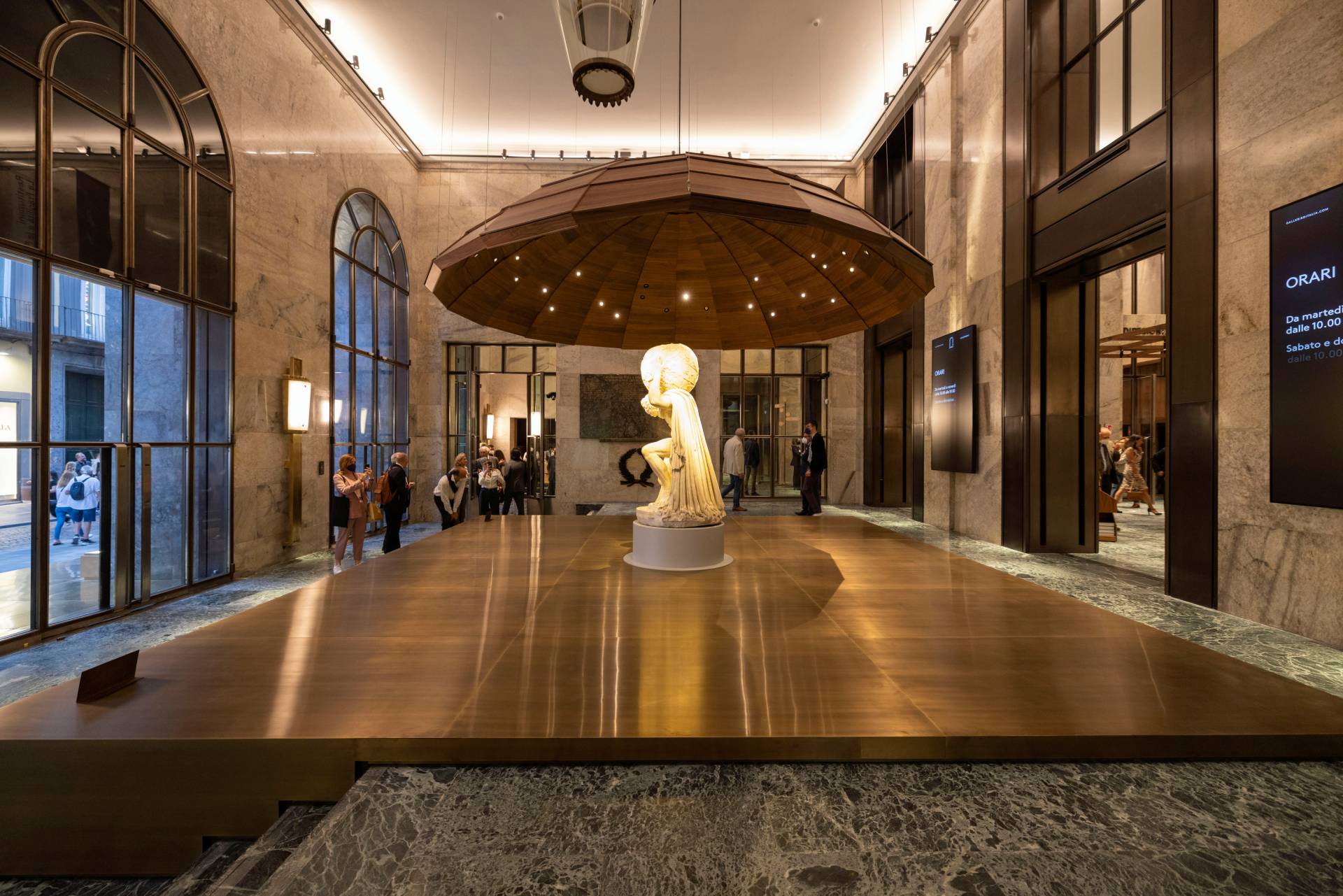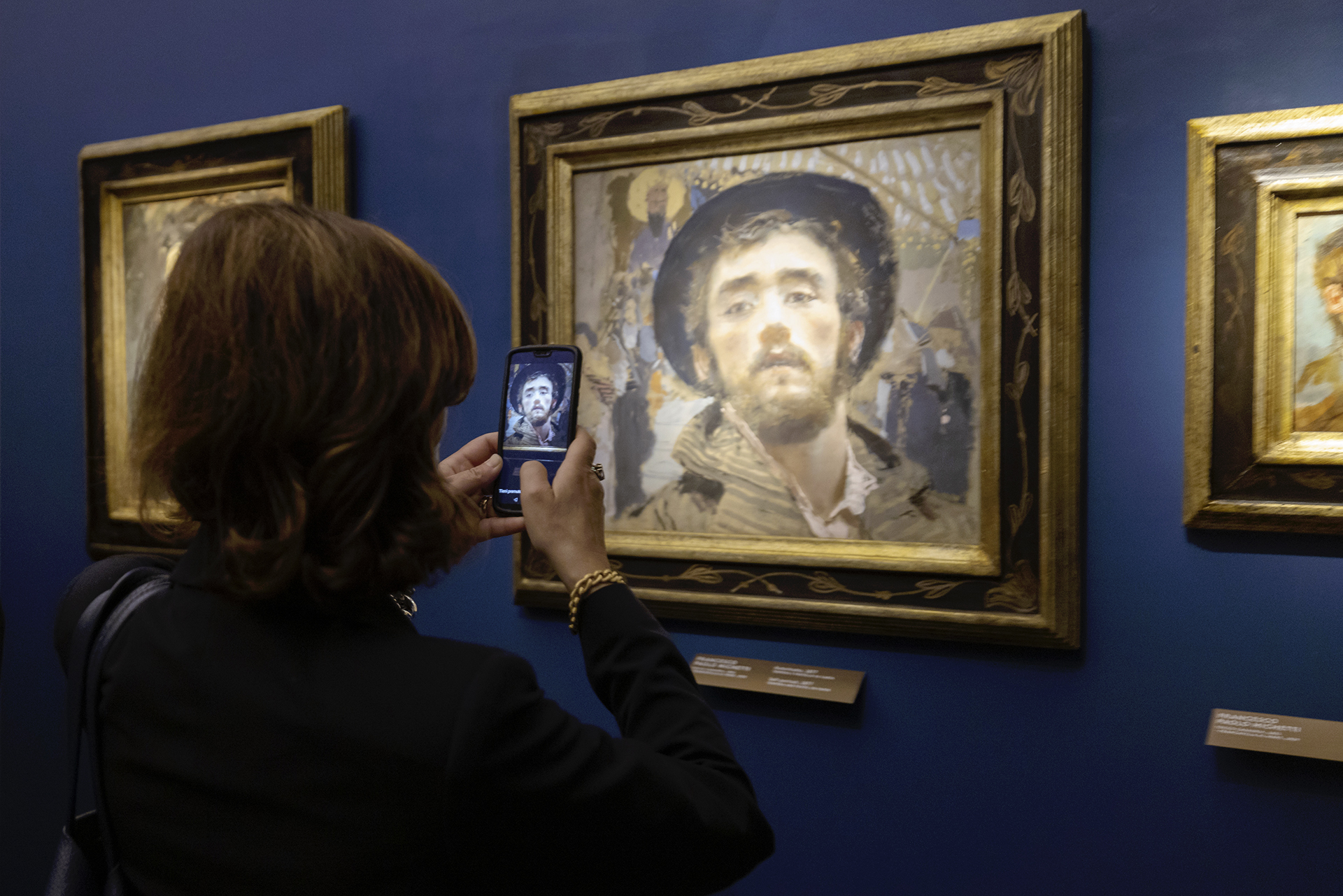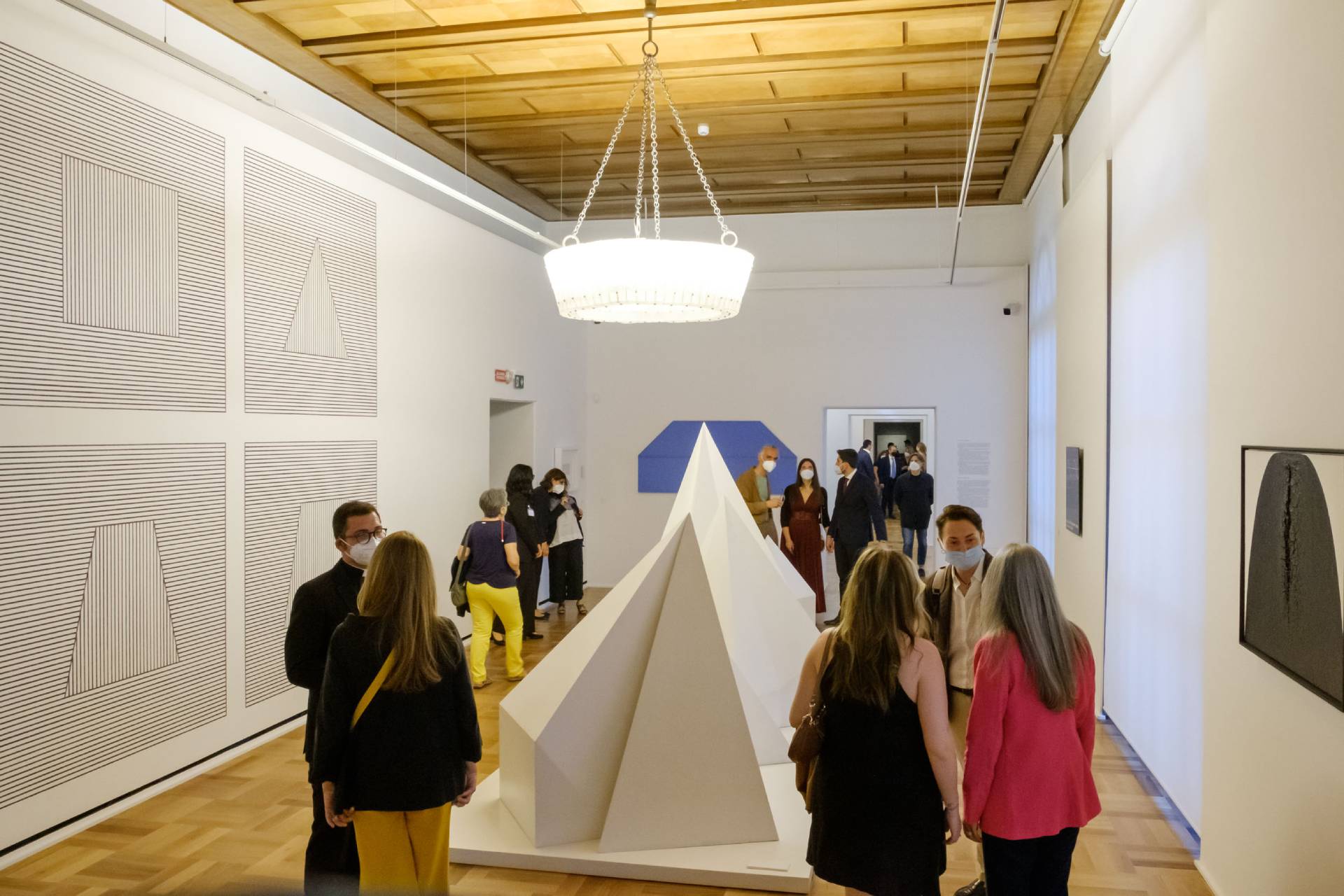Culture
Intesa Sanpaolo's new exhibition venue: southern italian art
On 21 May the new Intesa Sanpaolo Gallerie d’Italia exhibition venue opened to the public in Naples, moving from Palazzo Zevallos Stigliano to the monumental historic site of the former Banco di Napoli in via Toledo, a building designed in 1940 by Marcello Piacentini. In confirmation of our commitment to Italy’s cultural growth, the Naples inauguration took place a few days after the inauguration in Piazza San Carlo in Turin, where the Gallerie d’Italia offer the public an extraordinary space dedicated to photography.
As is the case with the Turin museum, the new Gallerie d’Italia in Naples were designed by Michele De Lucchi, one of Italy’s most well-known architects, in the magnificent building of the Banco di Napoli in via Toledo 177. Similarly to Palazzo Turinetti in Turin, the building in via Toledo in Naples bears testament to our presence in the social fabric and favours the development of virtuous social and cultural dynamics.
10,000 m2 of exhibition space spread over five floors
The new museum, located in one of the liveliest and most frequently visited areas of Naples, offers triple the space: 10,000 m2, around 4,000 of which is dedicated to exhibition space, spread over five floors. The result is a high-impact architectural project that provides an update to the building without distorting its historic prestige. The breadth of the spaces places the Gallerie d’Italia in Naples on equal footing with other major national museums, and the museum management and experience criteria adopted are in line with the standards of the most innovative international museums. The palace’s positioning greatly influenced its architectural layout: the wide space on the ground floor directly faces the street, as though an invitation to enter. Indeed, the Gallerie d’Italia in Naples will be a space for learning and dialogue, with different areas designed for specific purposes; the new museum will be an urban location that can be experienced in parallel and as a complement to the exhibition itineraries.
Sections dedicated to Neapolitan and southern Italian art
The new museum hosts the collection from the Palazzo Zevallos Stigliano, which will be supplemented by paintings and sculptures owned by Intesa Sanpaolo, in addition to temporary exhibitions and works by modern artists, together with a diverse programme of cultural events. Visitors will pass through the seventeenth century to the twentieth century, and then return to Magna Graecia, suddenly arriving amid the modern period. A large portion of the space is dedicated to art from Naples and southern Italy, together with well-known pieces, like Caravaggio’s Martyrdom of Saint Ursula. There will also be additional paintings and sculptures by southern Italian artists, aiming to demonstrate the connection between the museum and the region.
Events, exhibitions, a public library, and spaces for educational activities
The impressive Ground Floor space, which is directly connected to the street, will host events and temporary exhibitions. On the First Floor, visitors can admire the collection of works that were previously located in Palazzo Zevallos Stigliano, which consists of paintings and sculptures from the seventeenth century to the twentieth century connected to the art culture of Naples and southern Italy. This collection will be expanded with other masterpieces from the bank’s collections. The modern art itinerary will be located in a restored nineteenth-century wing of the palace (which, during the Bourbon period, hosted several ministries). On the same floor, educational activities will take place and a library will be open to the public.
On the Second Floor, as though going through a step back in time, is the collection of Attic and Magna Graecia pottery, as well as a core set of works from the twentieth century collection. This floor also houses contemporary art, according to particularly impactful exhibition criteria, bringing together works by artists who played a central role in the contemporary art experience, especially as regards Naples and the city’s cultural environment, which, even today, maintains a fervent relationship with artists, galleries and collectors from the modern and contemporary art scenes.
Modern culture evolves due to multidisciplinarity and multifunctionality, which above all require spaces and structures that are extremely flexible and adaptable. They are fuelled by temporary events and exhibitions. They do, however, require a solid cultural foundation on which to build the impermanence of the future. The location of art is therefore a stage that has its own backstage full of past history and a highly functional theatrical machine that manages the extravagant incursions created by the imagination of its contemporaries. The Gallerie d’Italia are all of this.
Intesa Sanpaolo customers may enter the museum and the temporary exhibitions free of charge when they present to the ticket office their Intesa Sanpaolo card, their INTESA SANPAOLO MOBILE app, or by requesting a document from their local branch proving their status as a customer.
Last updated 10 August 2022








